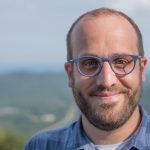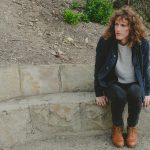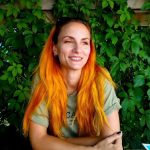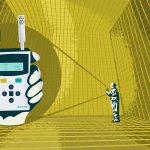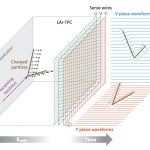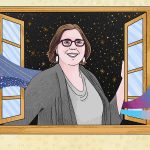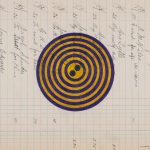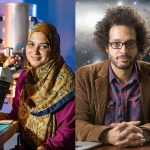Author Archive
The U.S. Department of Energy’s Fermi National Accelerator Laboratory has selected David Biedenbender as its 2021-22 guest composer. The program, now in its second year, provides a composer the opportunity to interpret Fermilab research through music and celebrate the relationship between art and science. Biedenbender has a history of creating music inspired by physics.
Fermilab has selected California-based visual artist Mare Hirsch as its 2021-22 artist-in-residence. The program, now in its seventh year, connects physics and art. Hirsch, who uses computer models and coding for her art, will draw on her data visualization background to make Fermilab science more accessible and intriguing to the public.
Whether in Serbia or Chicago, Fermilab postdoctoral researcher Aleksandra Ćiprijanović is working to unlock the secrets of the night sky. As a member of the Deep Skies Lab, an international collaboration of physicists, she’s figuring out how to use artificial intelligence and machine learning to better handle the huge amounts of data needed for discovery science.
The DOE’s Office of Science has selected two Fermilab scientists to receive the 2021 DOE Early Career Research Award, now in its 12th year. Farah Fahim and Brian Nord have received the prestigious award, which is designed to bolster the nation’s scientific workforce by providing support to exceptional researchers during the crucial early years.


